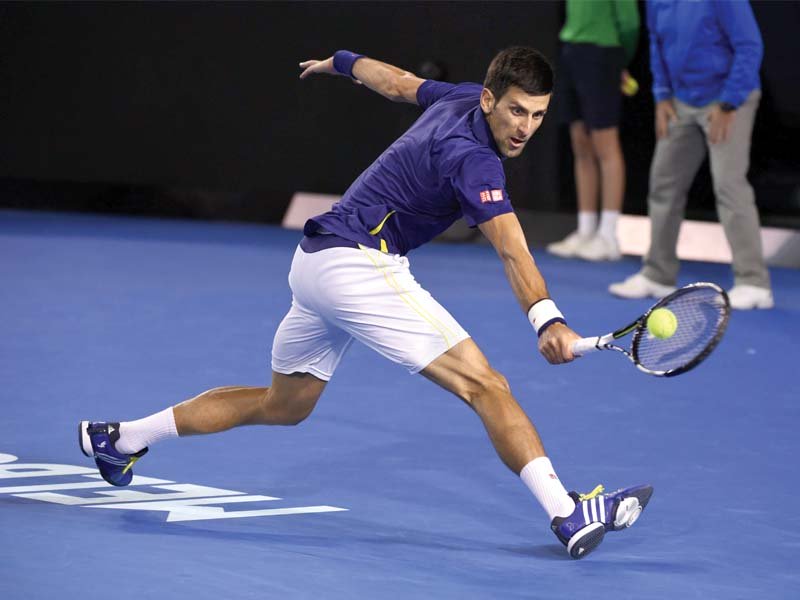
The world number one may have seemed modest when he made that statement but there’s little to suggest things are going to change anytime soon. The Serb is on top of the pedestal, on top of the world, unbeatable, unstoppable. With the result a foregone conclusion even before the first serve, he’s taken fans from one win to the next.
At least Serena Williams’ loss to Angelique Kerber created shockwaves; at least we know the world isn’t being dominated by a female robot. Serena showed she is human after all, even if this was only her fifth defeat in a Grand Slam final.
Australian Open: Djokovic wins Grand Slam in straight sets
Djokovic though is another story. He’s not the greatest yet, but among the active players, he has no peers; no one close to even closing in on his form. The so called ‘Big Four’ have come tumbling down like Humpty Dumpty’s great big fall.
While Djokovic put himself alongside two of the sport’s idols, Rod Laver and Bjorn Borg with an 11th Grand Slam title, Rafael Nadal — who should have been at his peak right now — looked like a lost puppy ready to call it quits.
Roger Federer was an easy breeze for Djokovic, with only a third set win in the semi-final against the world number one to show for his ‘decent run’ since last year. Maybe Andy Murray deserves more credit for his resurgence but as history, and the final, suggests, he may not be able to beat the Serb anytime soon. It was after all Djokovic’s fourth win over the Briton in the Australian Open final, and his 11th in their past 12 matches. “I feel like I’ve been here before,” Murray quipped after the match. “Yet what to do about it?”
Australian Open: Dominant Djokovic looks to join Laver, Borg
Besides the third-set loss to the Swiss and second and fourth set defeats to Gilles Simon in the fourth round, Djokovic has claimed straight-set wins over all his other opponents. And bearing that in mind, do we shift the term ‘Big Four’ to the history books now? The term started losing its relevance after the 2008-2012 period during which Djokovic, Nadal, Federer and Murray won 19 out of 20 Grand Slams between them. Since then, 5,3,0, 1 in the respective order. And with Nadal’s injury curse, the math leads to Djokovic being a solo charge. There is no longer a big four, just a big one.
He’s already 28; at his peak, nearing his decline. But when will his heir apparent come out of hiding? Nadal is 29. Federer 34. Murray 28. For that matter, the
youngest player in the top 15 is 25 — Milos Raonic.
Where does this leave the future of tennis? Where are those young guns looking to define the next generation? In a sport as brutal as this one, with injuries and fatigue claiming many a great, age is as crucial as anything else.
Past defeats mean nothing, says determined Murray
The body wears down, along with it so does the mind. The grey hair tell a tale. There is no time machine. If there isn’t, who is going to be the next Djokovic?
The answer, clear and resounding, comes back as no one. For better or for worse, this 28-year-old — and his almost unprecedented iron grip over world tennis — is here to stay. He is tennis’ definitive present and, barring injury, its certain future. Novak is playing a cruel Djoka indeed.
Published in The Express Tribune, February 2nd, 2016.
Like Sports on Facebook, follow @ETribuneSports on Twitter to stay informed and join in the conversation.


1731975305-0/Untitled-design-(40)1731975305-0-165x106.webp)
1731975060-0/Untitled-design-(39)1731975060-0-165x106.webp)













COMMENTS (3)
Comments are moderated and generally will be posted if they are on-topic and not abusive.
For more information, please see our Comments FAQ